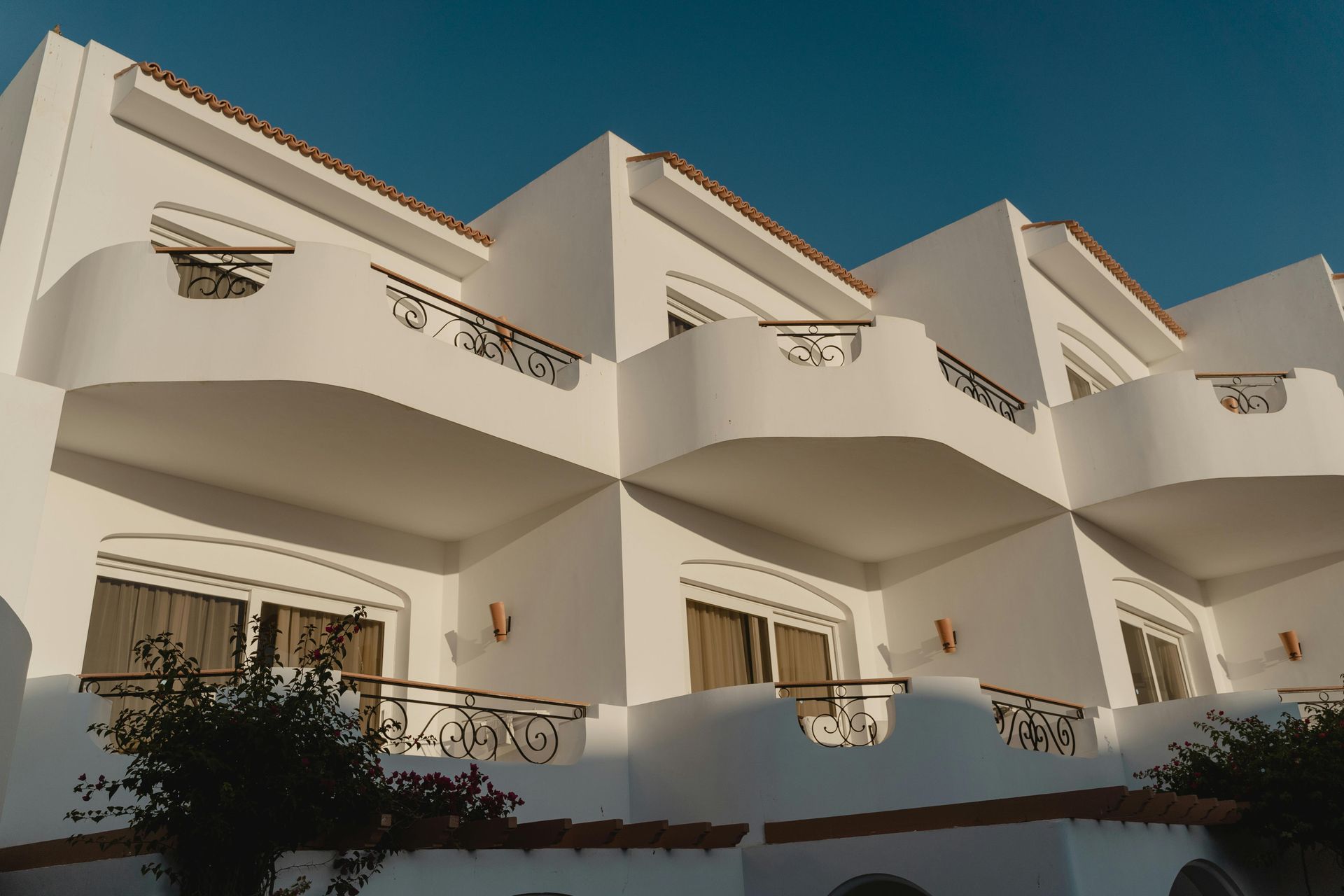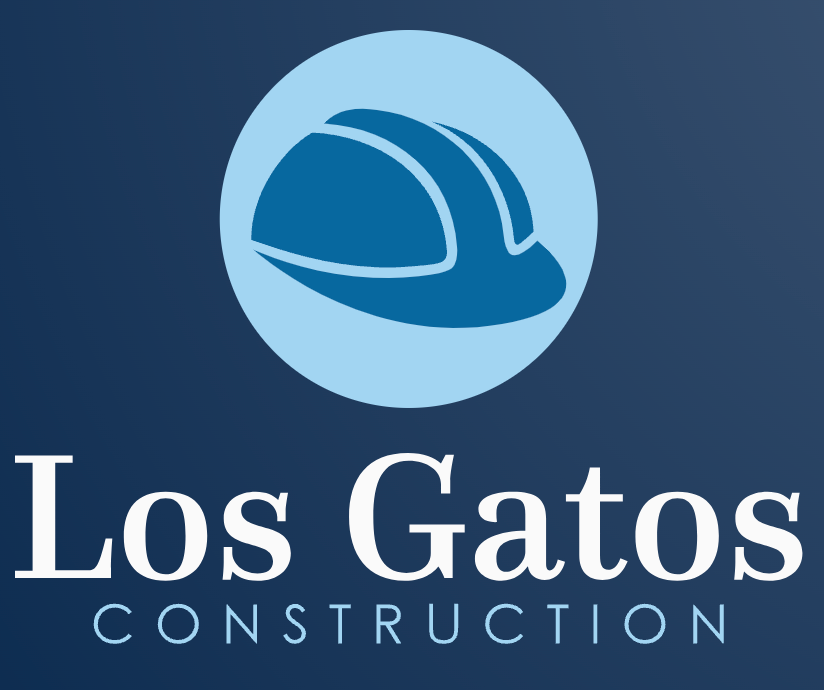SB721 Inspection Requirements: Your Guide to Keeping California Balconies Safe
Owning or managing an apartment building in California? Then you’ve probably heard about the SB721 inspection requirements, part of the California balcony inspection law.
This law, sparked by a tragic 2015 balcony collapse in Berkeley, is all about keeping tenants safe by ensuring balconies and decks are structurally sound.
But what exactly does it mean for you, and how do you stay compliant? In this guide, we’ll break down the balcony inspection law California rules, explain the process, and share tips to avoid fines.
Plus, we’ll show how Los Gatos Construction can help you navigate this process with ease. Let’s dive into making your property safe and stress-free!

What Are the SB721 Requirements?
The SB721 requirements, part of Senate Bill 721, mandate safety checks for “exterior elevated elements” (EEEs) like balconies, decks, stairways, and walkways in multifamily buildings with three or more units. Signed into law in 2018, SB721 aims to prevent accidents by catching issues like dry rot, water damage, or loose railings before they become dangerous. Here’s the core of what you need to know about this balcony inspection law:
Who It Affects: Owners of apartment buildings with 3+ units, excluding condos (unless converting to condos after Jan 1, 2019).
What’s Inspected: Wood-framed EEEs over 6 feet above ground, including balconies, decks, porches, stairs, walkways, and railings, plus their waterproofing systems.
Deadline: First inspections must be completed by January 1, 2026, with follow-ups every 6 years.
Who Inspects: Licensed architects, civil/structural engineers, contractors with A, B, or C-5 licenses (5+ years’ experience), or certified building inspectors. Inspectors can’t do repairs to avoid conflicts.
Sampling: At least 15% of each EEE type (e.g., 15% of balconies, 15% of stairs) must be inspected.
In California’s coastal cities like San Diego or humid inland areas, wood decay is a real risk, making these inspections critical. But what does the process look like?
Understanding the California Balcony Inspection Law
The California balcony inspection law, often called the “Balcony Bill,” was born from tragedy. In 2015, a Berkeley balcony collapse killed six students due to water-damaged wood framing. SB721 responded by requiring regular balcony inspections to catch issues early. The law focuses on wood-framed structures because they’re prone to rot, mold, or corrosion if waterproofing fails. Key points of the balcony inspection law California include:
- Inspection Scope: Inspectors check load-bearing components (joists, beams, posts), waterproofing (flashings, coatings), and railings for stability, rust, or decay.
- Testing Methods: Visual checks are standard, but pros may use moisture meters, borescopes, or infrared scans. If damage is suspected, they might remove stucco for a closer look.
- Reporting: A detailed report with photos and findings is due to owners within 45 days. If hazards are found, it’s sent to local authorities within 15 days.
- Repairs: Non-emergency fixes must start (permit applied) within 120 days and finish within 120 days of permit approval. Emergency repairs need immediate action.
Compliance isn’t optional—fines, liens, or even balcony closures await non-compliant owners. In busy markets like Los Angeles, staying ahead is key to avoiding penalties.
What Does an SB721 Balcony Inspection Involve?
A balcony inspection under SB721 is thorough, focusing on safety and structural health. Here’s what happens during the process:
Visual Assessment: The inspector examines 15% of each EEE type for cracks, rust, loose railings, or water stains. They check flashings and coatings for waterproofing issues.
- Invasive Testing (If Needed): If damage is suspected, they may use tools like borescopes or remove stucco to inspect hidden framing. This is critical for concealed areas, like soffits.
- Load Capacity Check: They verify the balcony can handle its designed weight—think a group of people during a party.
- Report Delivery: You get a report with photos, test results, and recommendations. If urgent risks are found, the inspector notifies local authorities fast.
- Follow-Up: For repairs, you’ll need a separate contractor. Re-inspections confirm fixes meet code.
Costs vary—$300-$500 per balcony for visual checks, up to $3,000 for invasive testing. For a complex with 20 balconies, expect $5,000-$20,000 total. In California’s diverse climates, from foggy San Francisco to sunny San Diego, regular checks keep tenants safe.
Why Compliance with SB721 Matters
Skipping SB721 inspections isn’t just a minor oversight—it’s a serious risk with far-reaching financial, legal, and reputational consequences for property owners. This California safety law is designed to prevent tragedies, and failing to comply can cost you far more than just a fine. Here's why staying ahead of the requirement matters:
Fines and Penalties
Non-compliant property owners face daily fines of up to $500, which can quickly accumulate into thousands of dollars. In prolonged cases, enforcement authorities may even place liens on your property, creating additional legal and financial complications that can delay refinancing, leasing, or selling.
Legal Liability
If an exterior elevated element (like a balcony or deck) fails and causes injury—or worse—a missed inspection can become evidence of negligence in a lawsuit. Property owners could face claims for medical costs, emotional distress, or even wrongful death. Courts tend to rule harshly when preventable accidents occur due to ignored safety mandates.
Reduced Property Value
A building flagged for SB721 non-compliance may be difficult to insure, and potential buyers or investors may walk away due to concerns about pending inspections or unknown repair costs. Even appraisers could devalue the property if inspection reports are missing or outdated.
Risk to Tenant Safety
Balconies, walkways, and staircases might look fine on the surface—but hidden rot, water damage, or compromised supports can lead to sudden collapse. These structures are high-use, high-risk areas. Regular inspections help identify small issues before they escalate into life-threatening hazards.
Builds Trust and Reputation
Being proactive about SB721 inspections shows tenants that you care about their safety and comfort. In highly competitive rental markets like Los Gatos, Orange County, or the greater Bay Area, reputation matters. Word spreads quickly—especially in online reviews—and tenants are more likely to renew leases or refer others when they feel secure in their living space.
How to Prepare for the Inspection
Getting ready for a balcony inspection saves time and stress. Here’s how to prep:
- Notify Tenants: Give 24-hour notice if inspectors need unit access.
- Clear Balconies: Ask tenants to remove furniture or plants for easy access.
- Check Records: Gather past maintenance or repair logs for EEEs.
- Hire a Pro: Choose a qualified inspector—check credentials and references. Avoid low-cost bids that skip thorough checks.
- Plan Repairs: Line up contractors in advance, as urgent fixes may be needed.
In cities like Houston or California hubs, where Los Gatos Construction operates, prepping early avoids last-minute scrambles before the 2026 deadline.
SB721 vs. SB326: What’s the Difference?
Confused about SB721 vs. SB326? Both are balcony inspection law California rules, but they target different properties:
- SB721: Applies to multifamily apartments (3+ units), with inspections every 6 years. Contractors, architects, or engineers can inspect.
- SB326: Covers condos and HOAs, with inspections every 9 years. Only architects or structural engineers can inspect.
- SB721 is your focus if you own apartments. Condo owners, check SB326. Either way, compliance is non-negotiable for safety and legal protection.
Tips for Staying Compliant with SB721
Want to ace your balcony inspection law California requirements? Try these:
Schedule Early: Top inspectors book fast—start now to meet the Jan 1, 2026, deadline.
- Keep Records: Store inspection reports for 12 years (two cycles) and share with new owners if selling.
- Budget for Repairs: Set aside funds for fixes, as costs can climb with invasive testing or urgent repairs.
- Communicate: Keep tenants informed about inspection dates and safety measures.
- Prevent Issues: Regular maintenance, like checking waterproofing or clearing drains, reduces risks.
Let Los Gatos Construction Help You Stay SB721 Compliant
Don’t let inspections stress you out. At Los Gatos Construction, we specialize in helping property owners across California meet SB721 requirements with ease. From scheduling certified inspections to coordinating trusted repair professionals, we make the entire process simple, efficient, and fully compliant with California law.
Ready to get started? Contact us today to schedule your SB721 balcony inspection and protect your property—before the 2026 deadline hits. Safety, compliance, and peace of mind are just a call away.
Call now or request a quote online to ensure your building is SB721-ready.
